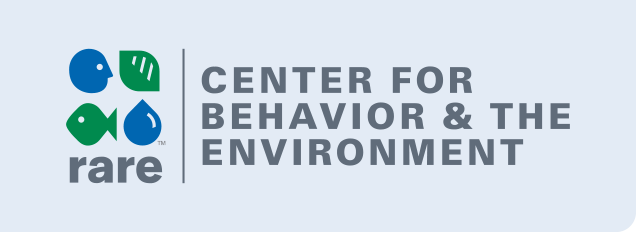Plastics and Behavior Change: How Do They Relate?
Plastic crisis. Microplastics. Great Pacific Garbage Patch. Single-use plastic. Today, the plastic buzzwords are almost as ubiquitous as the plastics themselves. While plastics have done much good for the world (for example, in the medical field), it is hard to deny that humanity’s reliance on this fossil-fuel product has reached unsustainable levels. Statistics estimate that 91% of plastic ever made has not been recycled, that there will be more plastic than fish in the sea (by weight) by 2050, plastic kills hundreds of thousands of marine animals every year, and plastic production is releasing millions of metric tons into an already-polluted atmosphere annually. To say there is a lot to be done is an understatement – but to say nothing is being done is incorrect. Many organizations are using a variety of tools to combat the plastic crisis, and we want to highlight those accomplishments here.
As with many planet-scale issues, behavioral interventions are a critical but often under-used tool. The purpose of this guide, supported by UNDP, GEF, and SGP, is three-fold:
- To provide alignment on relevant definitions relating to plastics and behavior change;
- To offer a literature review, broken down by theme, of research, case studies and thought pieces as examples of behaviorally-informed solutions; and
- To encourage all practitioners to implement behavioral changes in their work with the help of toolkits and resources.

